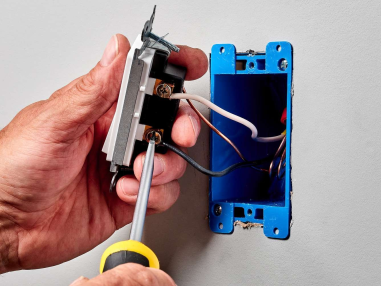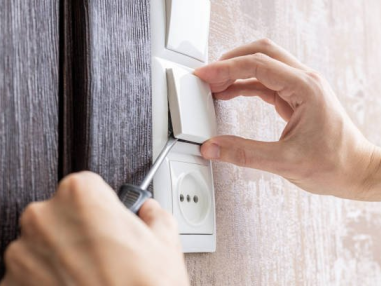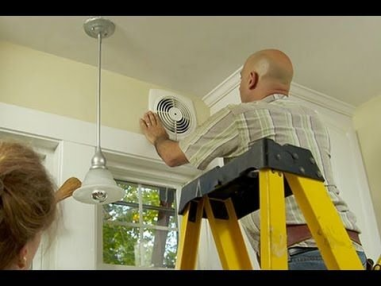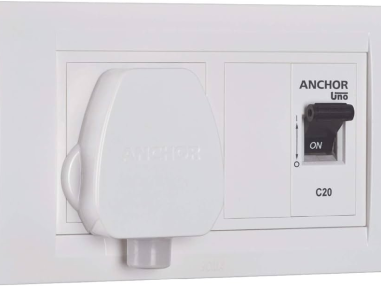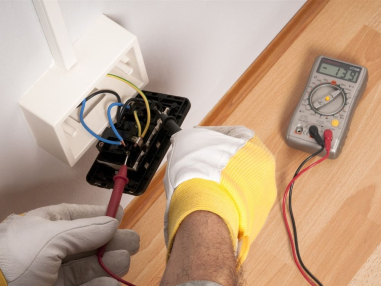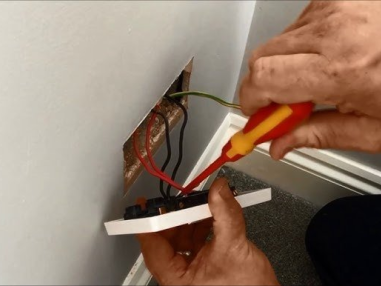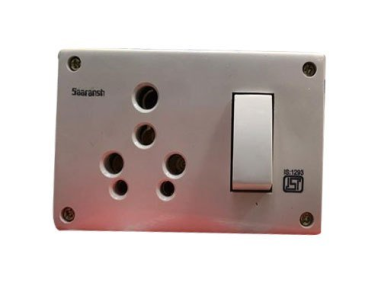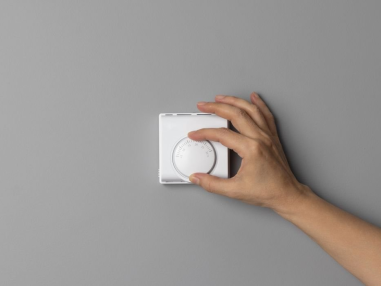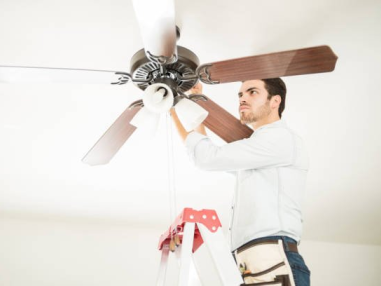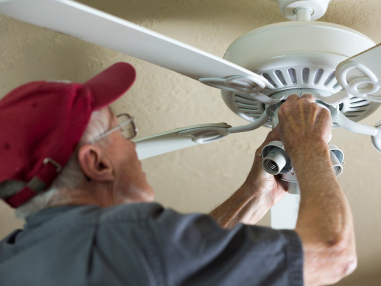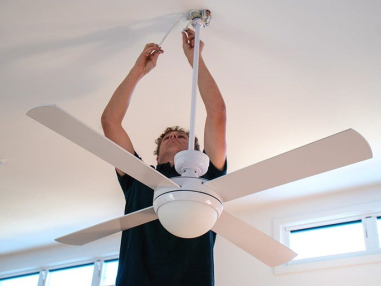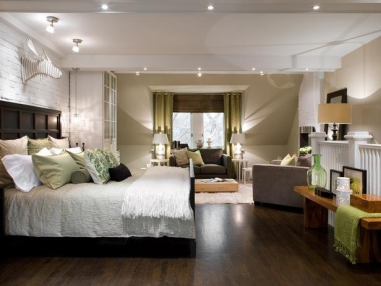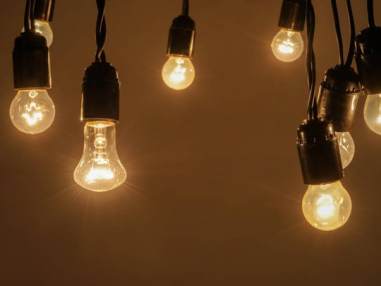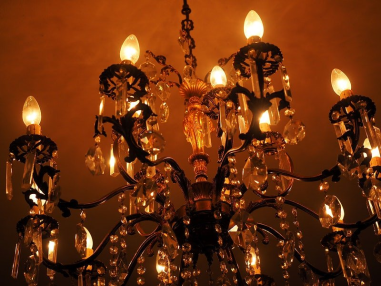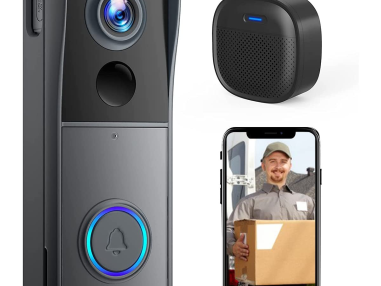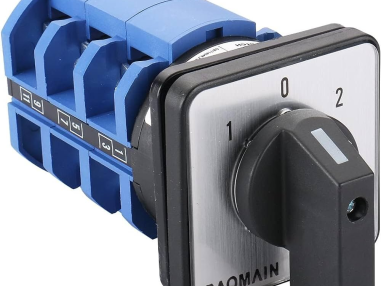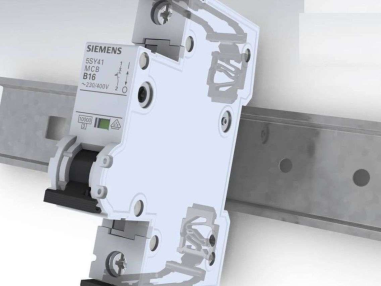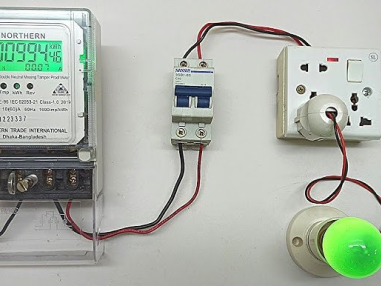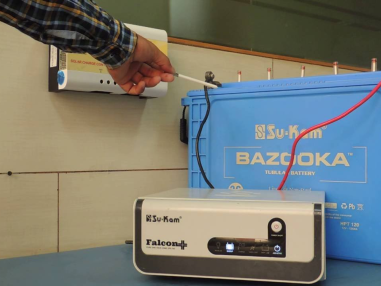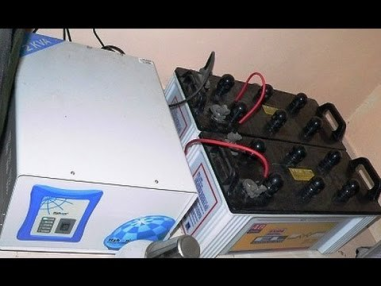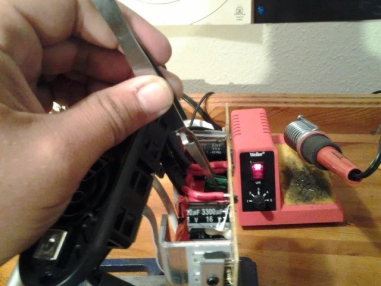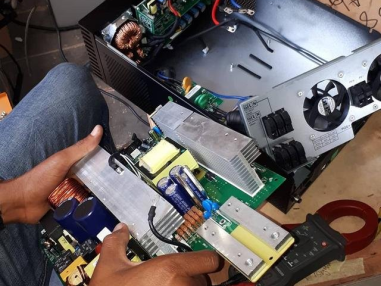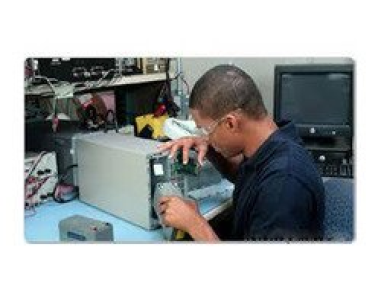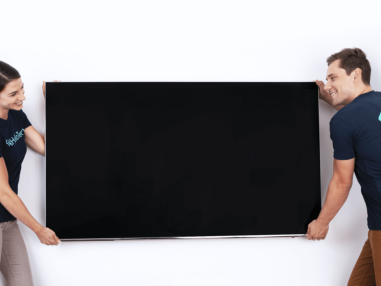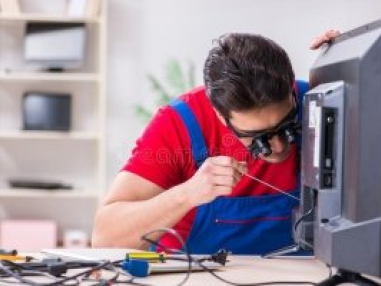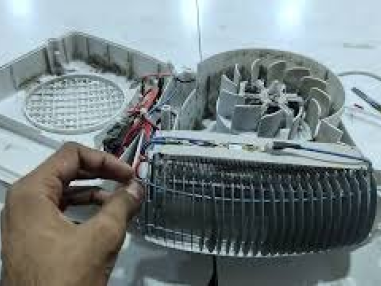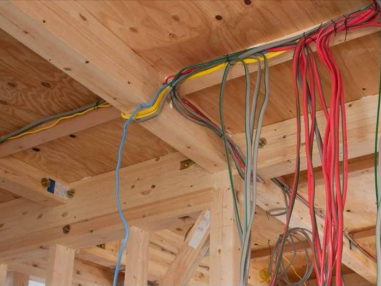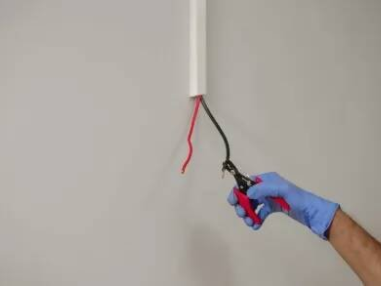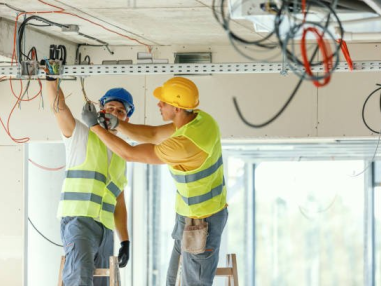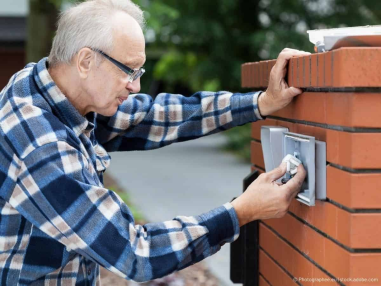
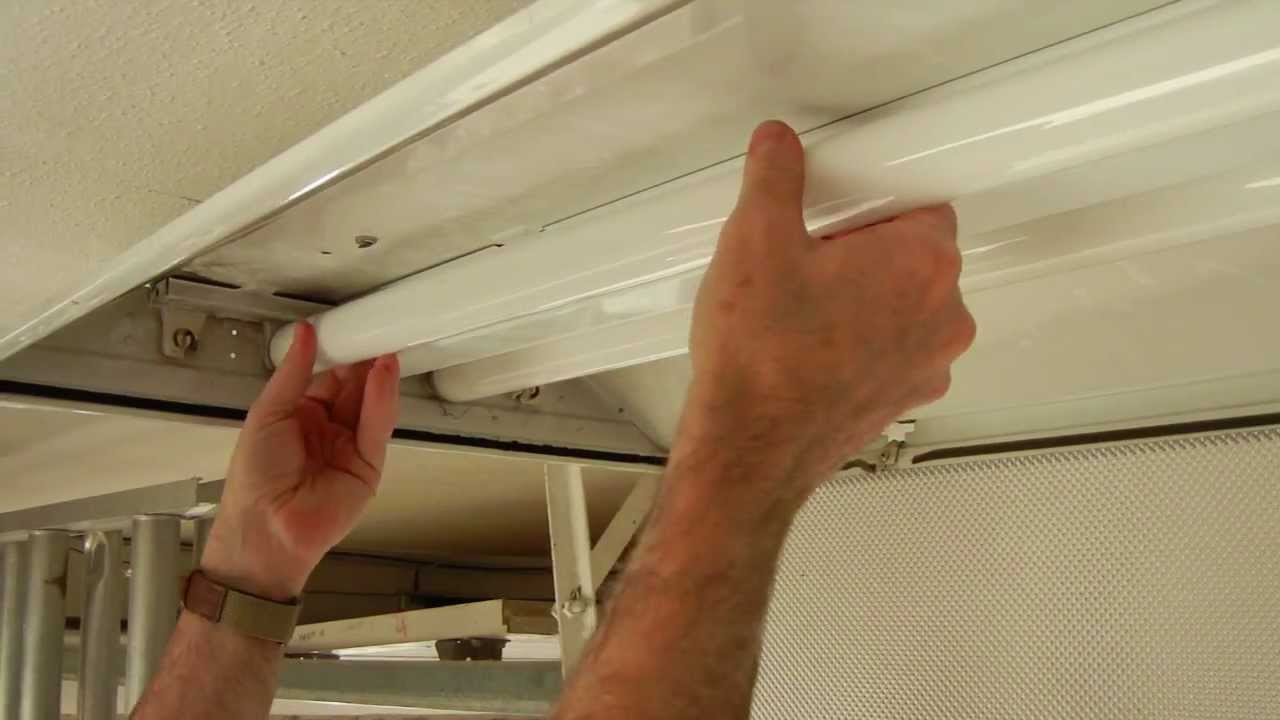
Tubelight Installation and Repair: DIY vs. Professional Help
Tubelights, also known as fluorescent lights, are a common lighting solution for homes and businesses. They come in various types, including traditional straight tubes, U-bent tubes, and compact fluorescent lamps (CFLs). Here's a breakdown of tubelight installation and repair considerations to help you decide whether to tackle it yourself or call a professional:
Tubelight Installation:
DIY Option (Possible for some, but proceed with caution):
Straight Fluorescent Tubes: If you're comfortable with basic electrical tasks, installing a straight fluorescent tube fixture might be manageable.
Safety First: Always turn off the power to the circuit controlling the fixture at the breaker box before starting any electrical work. Use a voltage tester to confirm the power is off before proceeding.
Steps involved: These typically involve following the fixture's installation instructions, which will include steps like securing the mounting plate, connecting the wires (matching colors), inserting the starter and tube, and attaching the diffuser cover.
Things to Consider Before DIY Tubelight Installation:
Your Comfort Level: If you're not familiar with electrical work, it's best to call a professional electrician to ensure safe and proper installation.
Fixture Complexity: More complex fixtures or those requiring ballast bypass modifications should be left to a qualified electrician.
Local Regulations: Some areas might have electrical codes that require a licensed electrician for fixture installation. Check your local regulations before attempting DIY installation.
Professional Installation:
Licensed electricians have the expertise and knowledge to ensure safe and code-compliant installation.
They can handle complex fixtures and any necessary rewiring.
This is the recommended option if you're not comfortable with electrical work or for complex installations.
Tubelight Repair:
Limited Repairs: Replacing the tube is often the only practical DIY repair option.
Diagnosing Issues: Identifying the cause of a malfunctioning tubelight (faulty starter, ballast, or electrical issues) might be challenging
Safety Concerns: Some repairs, like replacing the starter or ballast, might involve working with electrical components. If you're not comfortable, call a professional.
Professional Repair:
A qualified electrician can diagnose the problem and recommend the appropriate repair, be it replacing the starter, ballast, or the entire fixture.
They have the expertise and tools to handle electrical components safely.
Here are some additional tips:
When replacing a tube, dispose of the old tube properly following local regulations (some contain mercury).
Keep a spare tube on hand for quick replacements.
Consider upgrading to LED tubelights for better energy efficiency and longer lifespan.
